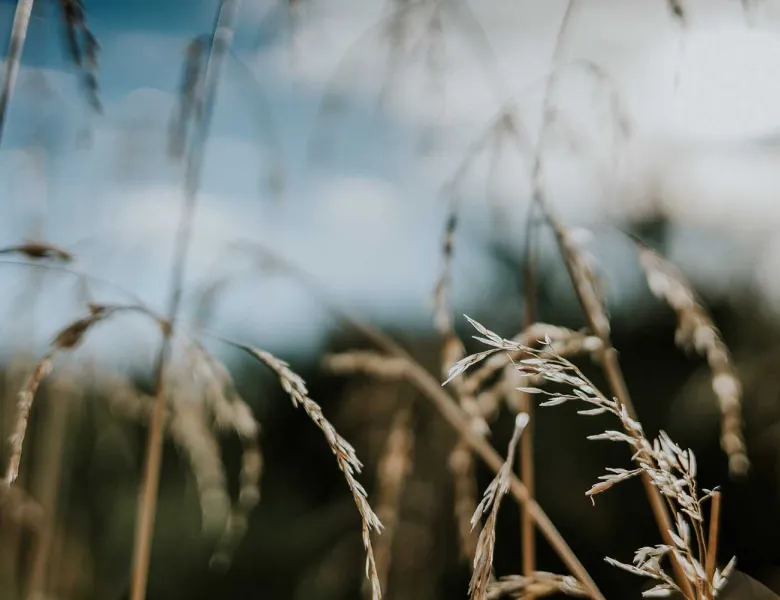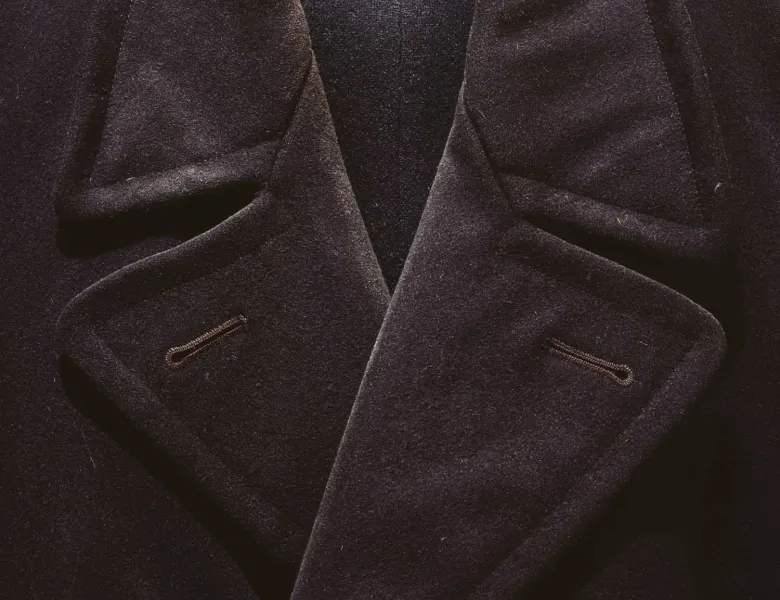European and American cultures collide - Naomi Harris, The Fence
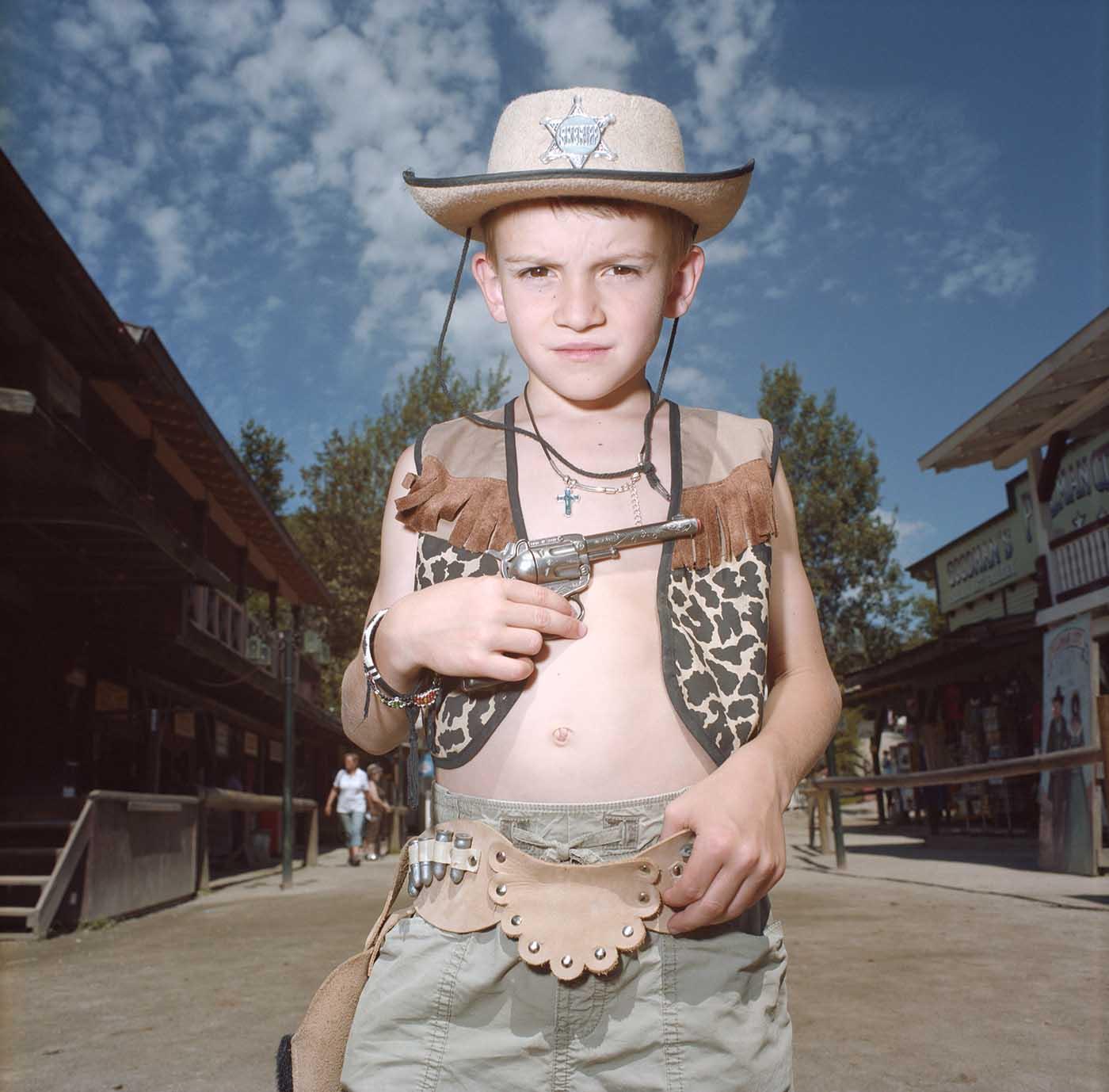
This blog is part of a series of exclusive interviews with the winners of The Fence 2016. The Fence is an large-scale outdoor photography installation exhibited in multiple major cities across the USA. Each year, photographers of all levels are invited to submit work that fits under one or more thematic categories. The Fence was conceived by United Photo Industries and Photo District News in 2011.
---
Canadian born Naomi Harris is primarily a portrait photographer who seeks out cultural trends to document through her subjects. Personal projects include ‘Haddon Hall’ in which she photographed the lives of the last remaining elderly residents at a hotel in South Beach. For this work she received the 2001 International Prize for Young Photojournalism from Agfa/ Das Bildforum, honorable mention for the Yann Geffroy Award, and was a W. Eugene Smith Grant in Humanistic Photography finalist.
Other accolades include being awarded a New York Foundation for the Arts (NYFA) Fellowship in Photography in 2013, a Long-Term Career Advancement Grant from the Canada Council in 2012 and participating in the World Press Photo Joop Swart Masterclass in 2004.
In June 2012 after living in New York for 15 years she decided to leave and live in her car traveling around America with her dog Maggie in preparation of becoming a US citizen, which she did in August 2013. She currently resides in Los Angeles but returns to her homeland of Canada often to continue working on her project ‘Oh Canada’.
Hi Naomi. ‘EUSA’ tells the story of European and American cultures colliding in their own unique way. Why did you choose to tell this story?
Back in 2008 when I was working on my book ‘America Swings’ I discovered a small tourist town called Helen in the mountains of north Georgia. I had some time to kill before the party started and the event organizers suggested I go there but wouldn’t tell me anything else about the place. I was so surprised to find this little “Bavarian" village with buildings covered in gingerbread but also selling things like cuckoo clocks and tee shirts with “It’s a Southern Thang” on them. Weird or what! So I thought to myself if Helen exists are there any other “European” places around the country and went back to my hotel room and started Googling it and lo and behold yes there were! Solvang in California, Frankenmuth and Holland in Michigan, Leavenworth in Washington and Orange City, Iowa. This was around the same time the US dollar was taking an absolute beating from the Euro so talk of the EU was in the news often. The name “EUSA" popped into my mind and I decided it was a fun word but were there any American themed places in Europe? I began to research it and discovered all sorts of wild west amusement parks, Native American and American Civil War reenactments happening all over the continent.
But beyond this I really wanted to tell a story of globalization and its effects on the homogenization of the two cultures. I mean today we really have very little differences between Europeans and Americans; we wear the same jeans, eat the same foods, talk on the same iPhones. In order to celebrate the other’s culture we have to go back about a 100 to a 150 years when there were actually marked differences between each other.
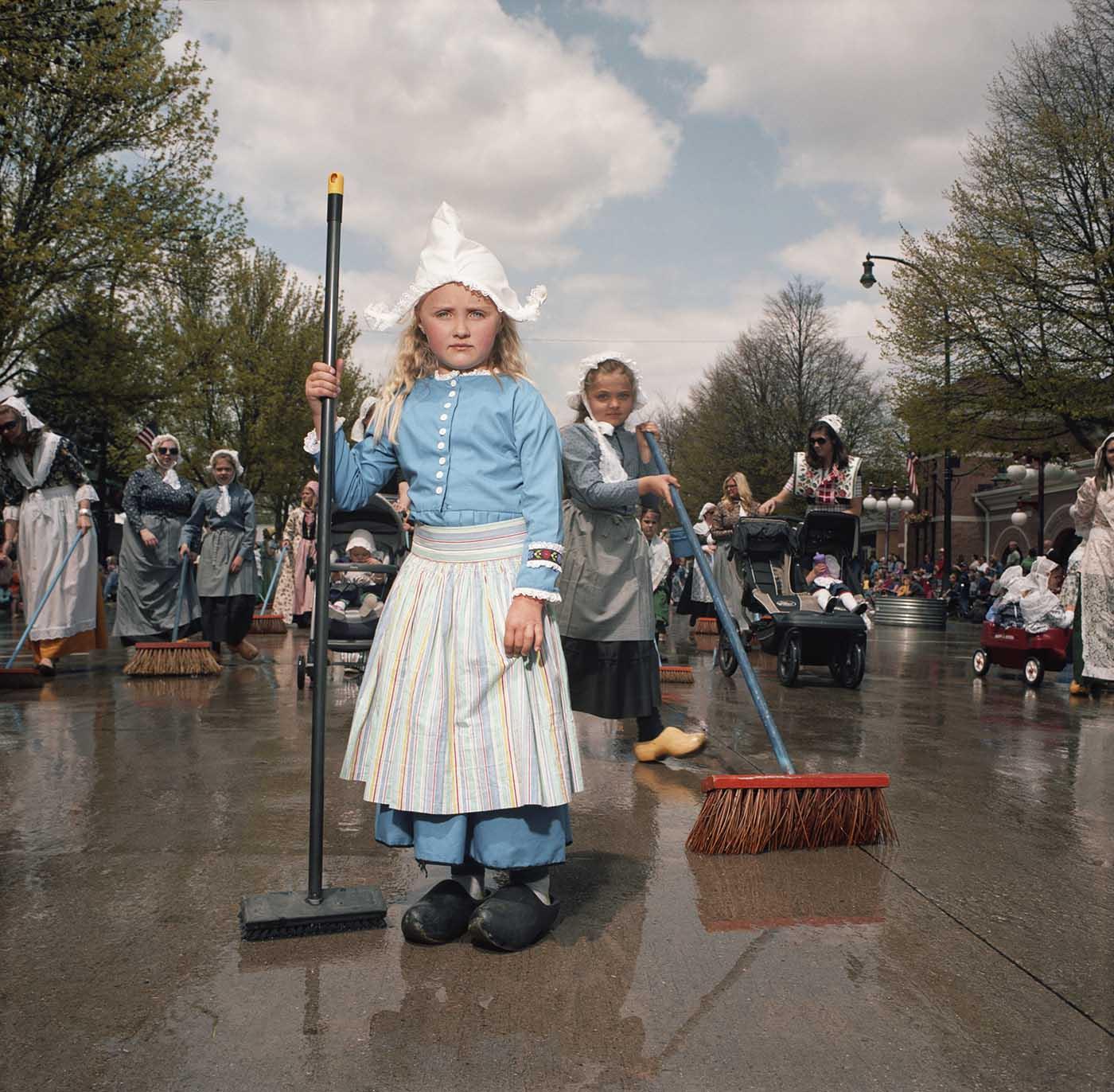
Style and colour seem very important in your work. Did you always carry this aesthetic in your work?
Even though I do try to shoot each project a little differently be it camera format or work methodology I do try to approach my work in a similar vein. I’d like to think I have a unique style that makes my photos recognizable and while I can’t put my finger on it as to what that is I suppose a large part would be my sense of humour. I always shoot in colour (though I have some ideas for some b/w projects in the future) and with strobes creating bright and poppy images. I know so many photographers hate sunny days but I love a brilliant blue sky, preferably with a couple of puffy white clouds, and throw some flash into the mix to give a three dimensionality quality to the image. I do think I’ll have to unload the lights for one of my future projects though, not so much as an aesthetic approach but a logistical one as I won’t have access to power and overpacked canoes are just a bad idea.
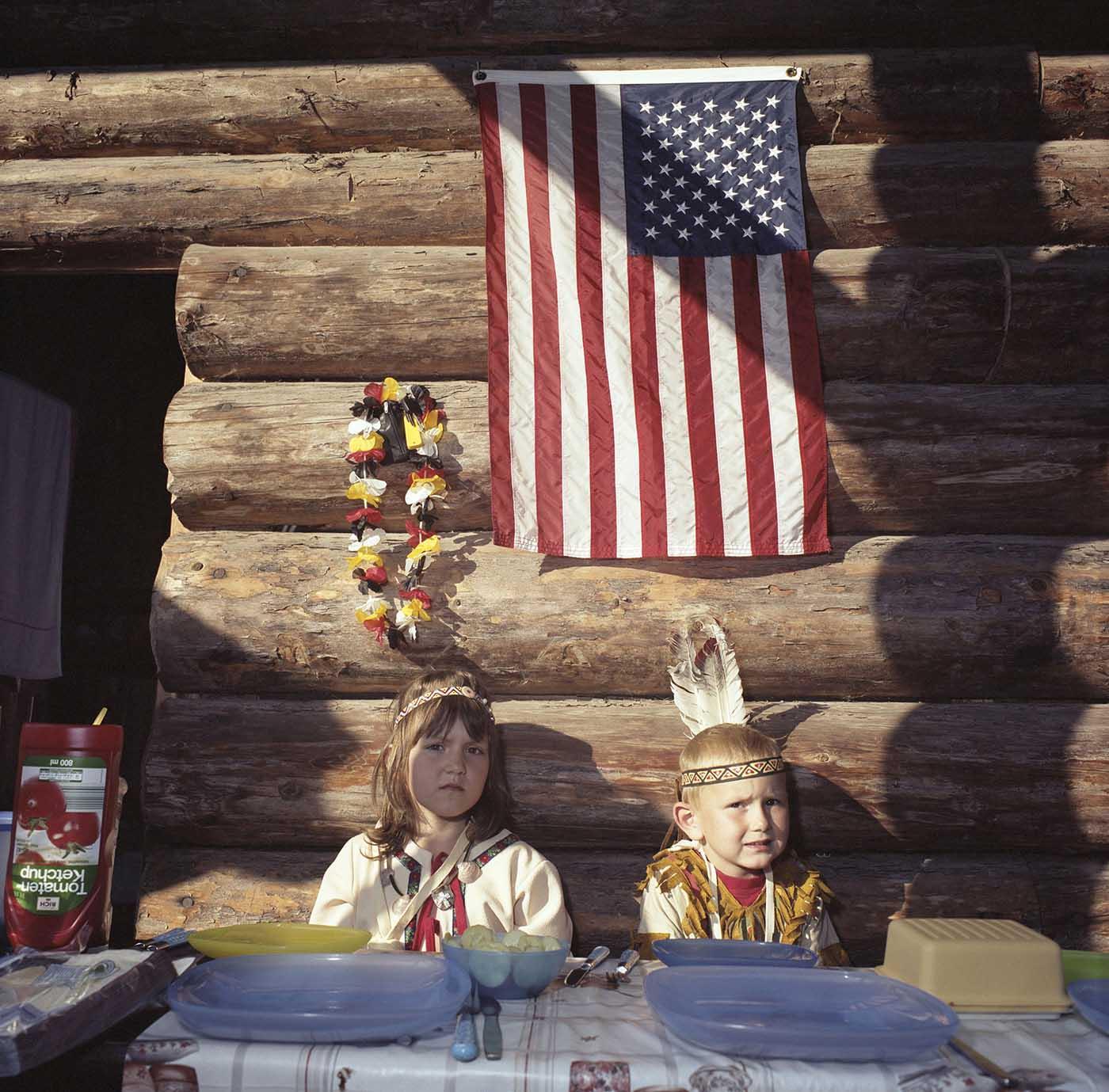
Oh brother, this year marks the 20th anniversary since I attended ICP so the ol’ memory is a little foggy. The school was up on 94th Street across the street from Central Park in a brownstone. The gallery spaces were on the first couple of floors and the classrooms were above those and the darkrooms were deep in the bowels of the basement. I was 24 at the time, and it was the first time leaving home and I wasn’t really a photographer for very long. I had been a printmaking major in university and since my work tended to be photo based I decided to take a photography class in my third year so I could create my own images for my printmaking when I couldn’t source them from books or magazines (there was no such thing as Google yet!). That said I was very intimidated by my classmates many of whom were already working photographers or had been shooting since they were like 8 and had a strong knowledge of the history of photography. At this point I knew two photographers, Annie Leibowitz and Anne Geddes, so that’s not saying much. I felt way over my head, overwhelmed living in New York, that I didn’t belong at school. The assignments I made weren’t great and my classmates all loved spending hours in the darkroom while I hated printing. But then we had a class with Arlene Collins who taught us how to use strobes. She made us use colour slide film for our assignments meaning we really had to learn how to expose images correctly. This was when I fell in love with colour and using lighting for my images. She was also tough as nails and refused to coddle us which rubbed a lot of the other students the wrong way but I loved her no nonsense approach and it taught me a sense of professionalism you need as a working photographer.
The rest of the year is a blur for me. I wish I could say I learned more but in those days the Photojournalism-Documentary Program was set up for self-exploration and not for building technical skills which I know the program does now. Looking back at it now I guess I can compare my year at ICP like a parent tossing their kid into the pool; it was really a sink or swim experience for me. I would still like a life jacket occasionally to be honest.
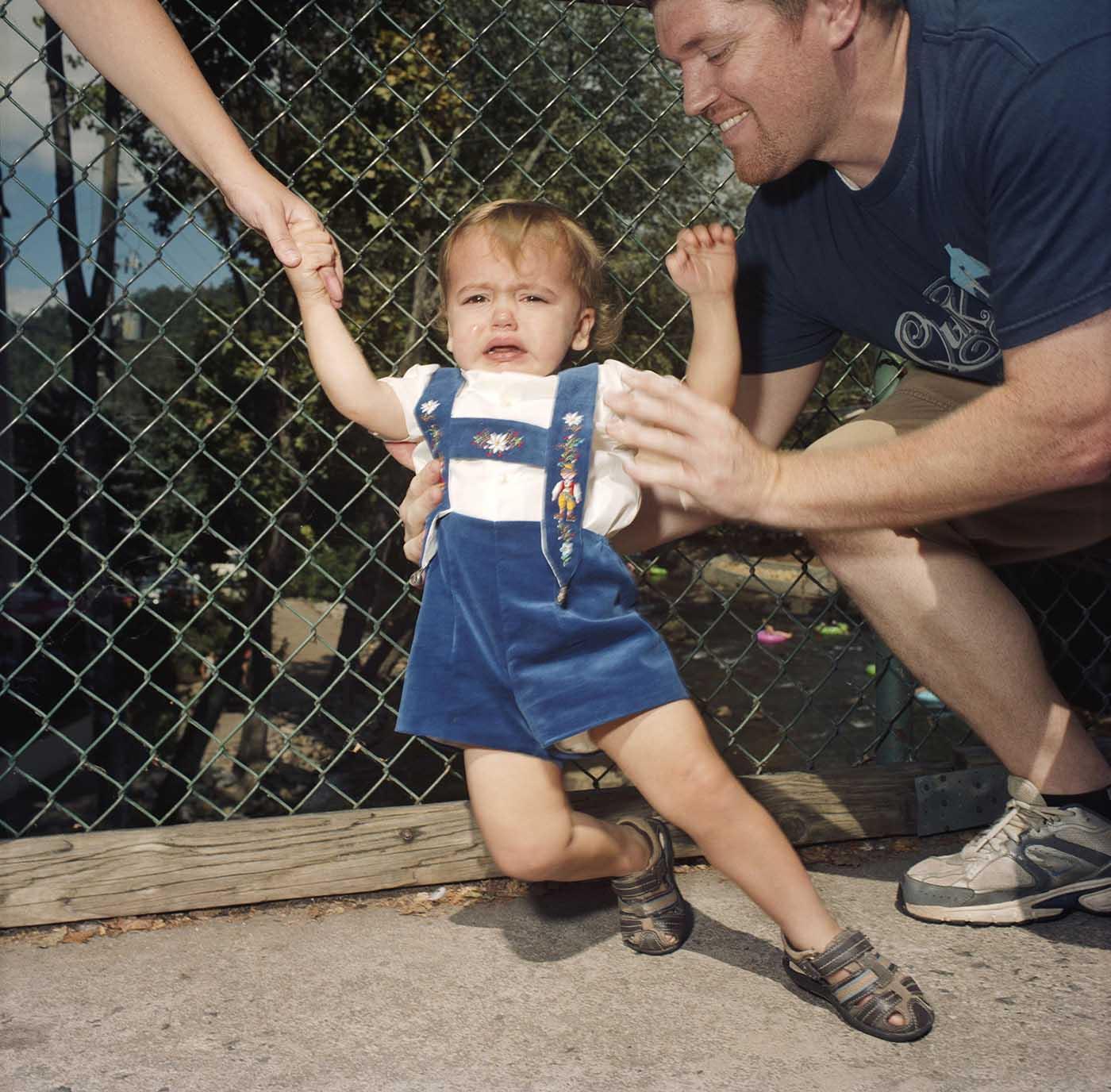
You seem drawn to strange, whimsical, sometimes bizarre narratives. How does a new project or idea usually come about for you?
Oddly enough I tend to find one project just as the previous one ends. For example when I lived in Miami Beach photographing the seniors at the Haddon Hall Hotel I also would frequent a nude beach and it was there I learned about the lifestyle and was invited to a swingers party which was the catalyst to creating ‘America Swings’. Then, as mentioned earlier, when I was shooting the last swingers party for that project I stumbled upon ‘EUSA.’
I think part of it is luck but also being open to what is occurring around you. You can find inspiration in the oddest places; comb newspapers (my mum still cuts out articles out for me), listen to the radio, use social media for other purposes than just posting animal videos and wishing people happy birthday. I discovered a new project I’m currently working on from a small article I discovered on Twitter. Inspiration is everywhere, you just need to be open to mining it. I think current events is a never-ending muse for creativity.
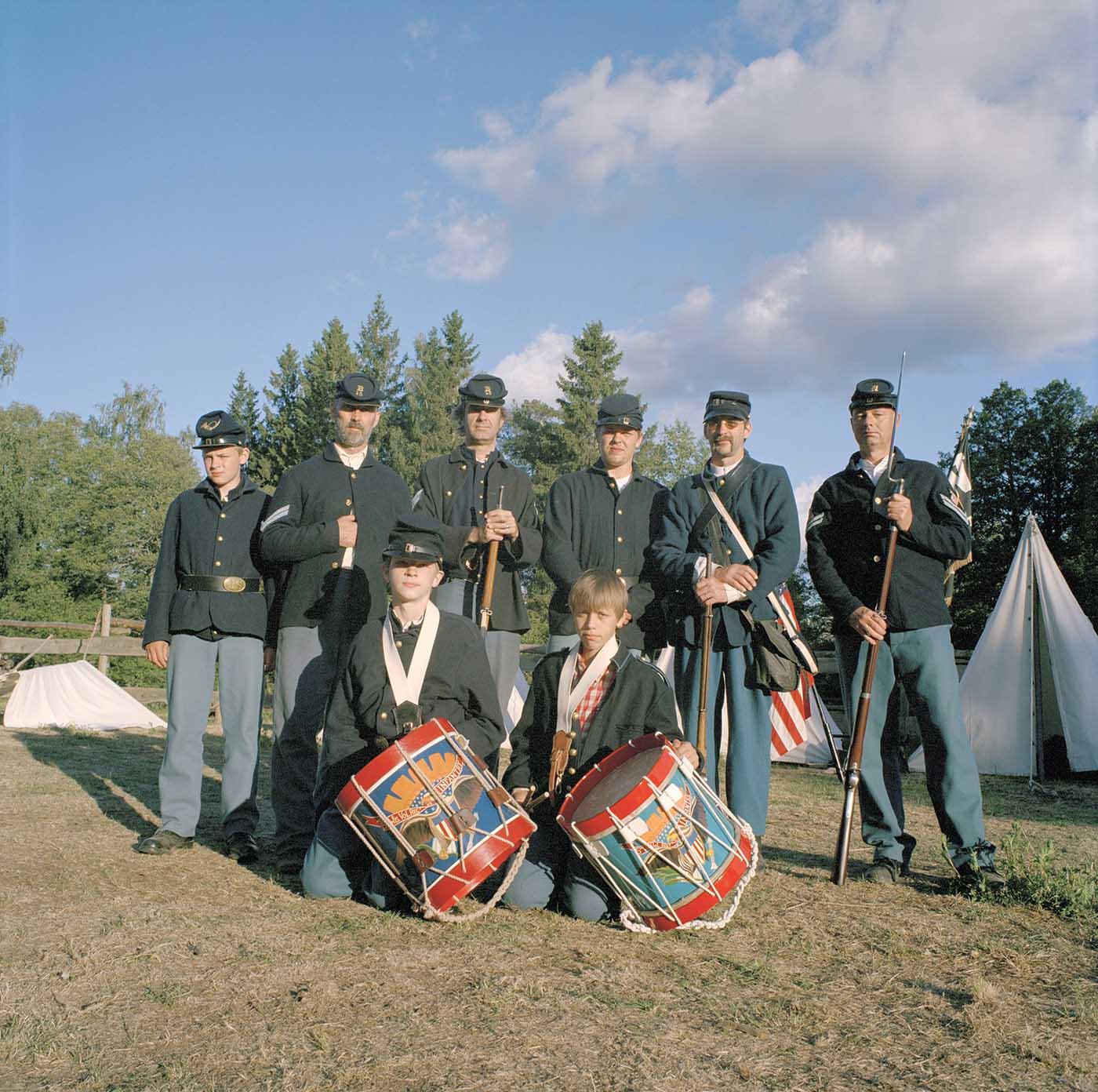
The short answer, no. I just keep slogging along, creating new work, throwing it out there hoping it sticks. But seriously, I think photographers always need to experiment, continue making new discoveries about themselves and the world around them, keeping it fresh and exciting in order to persevere and soldier on.
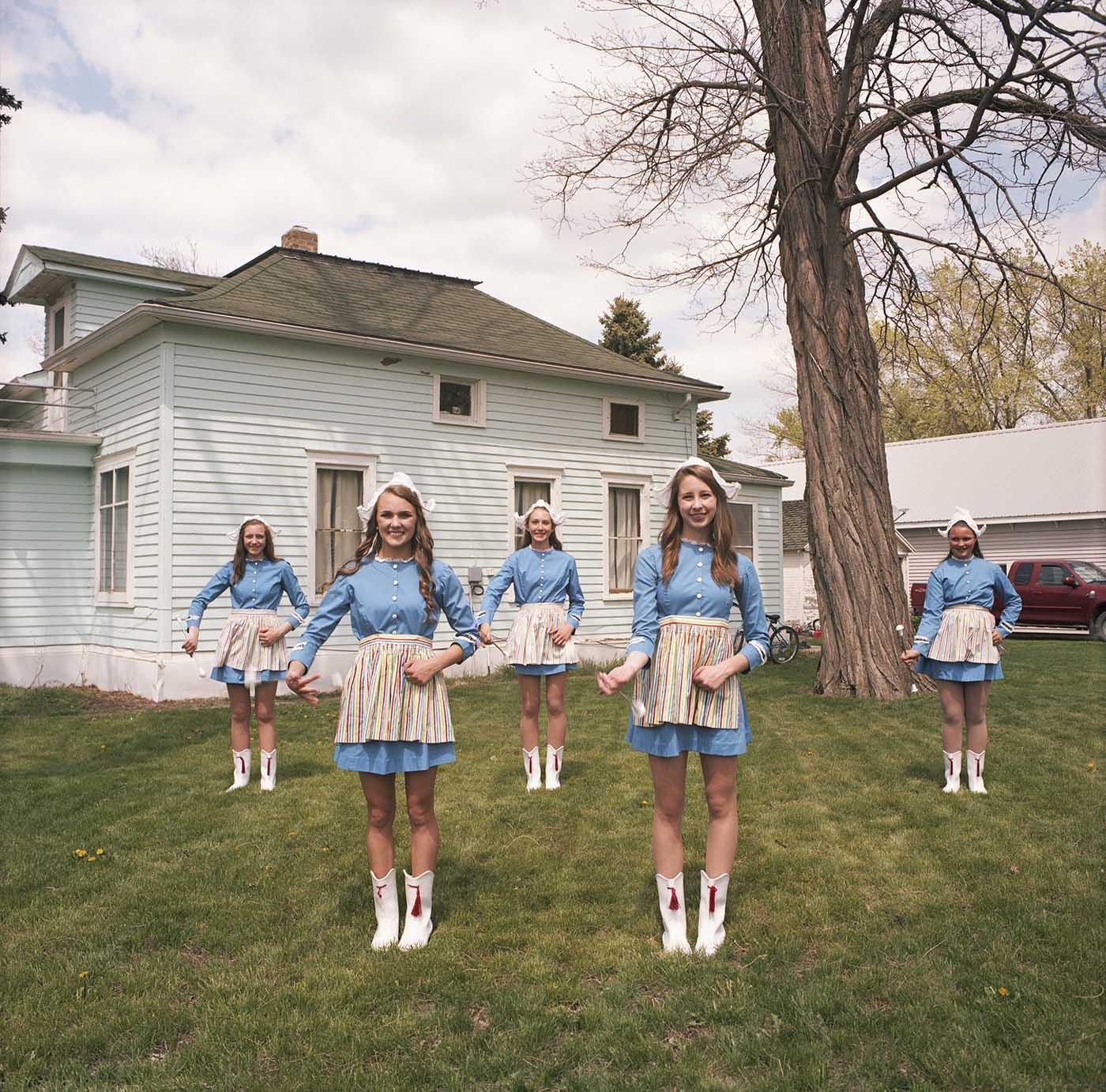
Where in the world are you, what’s next for you?
Good question. I’m currently experiencing an existential crisis. I am a dual citizen (Canadian by birth and became an American citizen in 2013 so I wouldn’t lose my green card) but in light of the current political environment I don’t know if I want to ride this storm out in the U.S. I have been living in Los Angeles for the last 2 years and while I love the city the housing
situation has gotten out of control. Thinking of applying for grad school in Europe or returning to Canada. Sure wish I had a Magic 8-Ball….






